ArteBA 2011
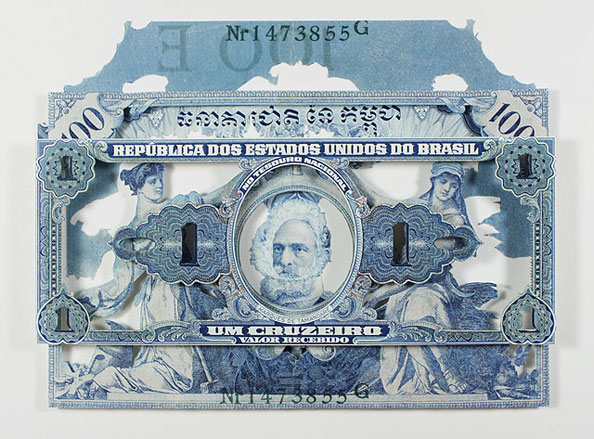
This year marked the 20th year of Buenos Aires' ArteBA, charmingly pronounced 'art-e-ba', South America's largest art fair. The five-day event is known for drawing quite a crowd and this year's long entry lines was no surprise for the local industry circles. Porteños are generally known for their keen interest in art and Argentina's most ardent collectors are famous for their incredible passion and desire to build personal relationships with artists and gallerists - a hyper-personal approach that only happens in a smaller market like Argentina.
But while ArteBA has become a serious regional fair of particular local importance, Porteño attendees are always eager for more. As a result the ArteBA team tapped self-described art projects producer Abaseh Mirvali, the former executive director of Mexico's Jumex Foundation and Collection to curate a special section of the show intended to help broaden it's reach.
Mirvali assembled a group of major international galleries for the section, called U-Turn - which turned out to be its hands-down highlight. With the help of sponsor Mercedes Benz, and generous local patrons and personal friends too many to name, Mirvali realized her vision, which she says was broadly based on the concept of 'built structures and modern architecture'. She curated U-Turn down to the individual pieces of art, and her clean, sophisticated sensibility and modernist élan certainly showed through.
International galleries are not foreign to ArteBA, but U-Turn's mix was conspicuously unique for its major European names, like Andersen's Contemporary of Copenhagen and Berlin's Johann König Gallery – both first timers, like all of the section's participants. Top galleries from other, more regional markets were also present. São Paulo's Mendes Wood and A Gentil Carioca from Rio de Janeiro were standouts, showing among other pieces, an elegantly simple collection of watercolors on graph paper by Daniel Steegmann and incredible collages crafted from of out-of-circulation international currency by Rodrigo Torres, respectively. And Casas Riegner Gallery of Bogotá and Mexico City's Proyectos Monclova, who already had a loyal followings among collectors here did not disappoint with their booths. Everything from performance art to sculpture to photography was represented. In total there were 11 galleries lining what was a large circular walkway and the lounge area at its center - a literal nod to the section's moniker.
'I was also hopeful that some of the local artists would find their way into these galleries, which they would not have access to without U-Turn, and Berlin's PSM signed a young Argentine artist called Eduardo Baswaldo, which is great,' says Mirvali.
ArteBA seems to be headed in the right direction. Given U-Turn's unqualified success, questions about its future were prevalent on the hall floor in the show's waning days, and while there were no firm answers, the collection's inaugural galleries were universally interested in returning to the fair – most notably those from Europe, but the new regional names were also won over. 'We really participated because of our belief in Abaseh, and it worked out really well. We did well, got to know the local collectors much better and the energy at the fair was really great, said Felipe Dmab of Mendes Wood. And Buenos Aires is an incredible city, so we look forward to next year. Why not, right?'
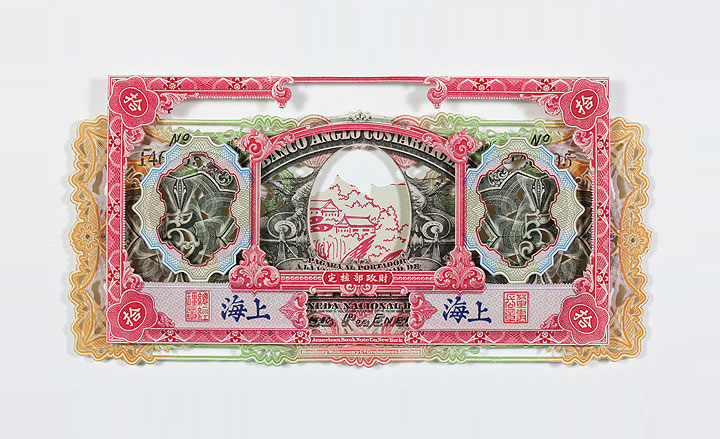
'Uns Trocados' 2010, by Rodrigo Torres
A Gentil Carioca gallery
Collage of currency notes
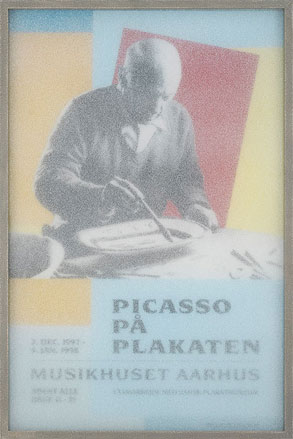
'Closing Argument' 2010, by Nina Beier
Proyectos Monclova Gallery
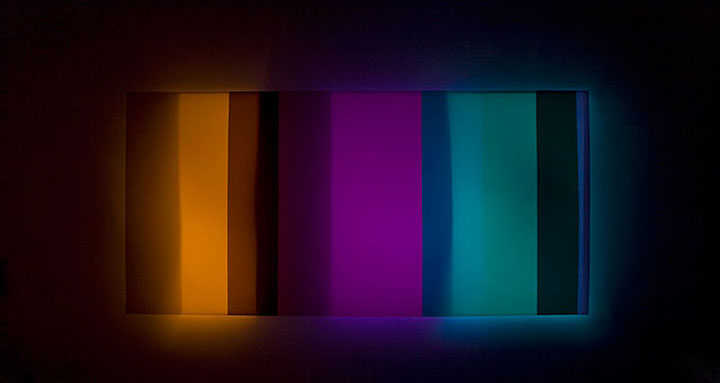
'RGB/CMY' 2011, by Karina Peisajovich
Vasari Gallery
Projection of coloured light
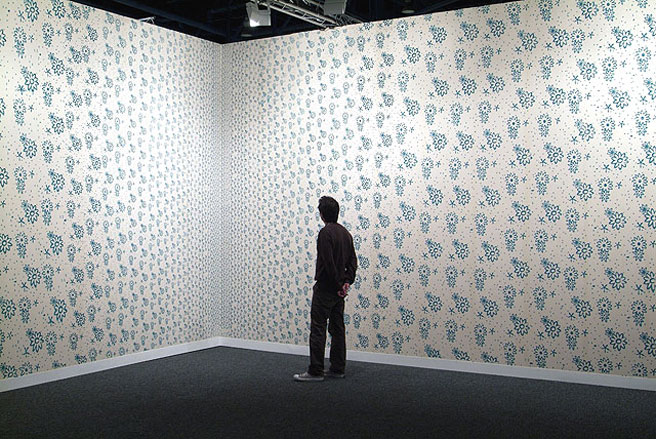
'Vanishing Point' 2005, by Jorge Macchi
Ruth Benzacar Gallery
Installation
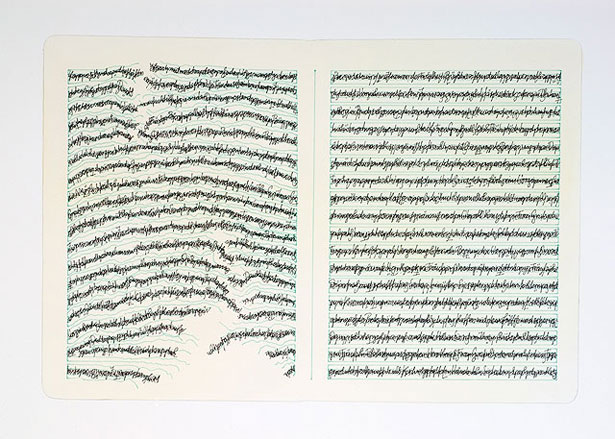
'Lecciones' 2007, by Johanna Calle
Casas Riegner Gallery
Pencil and ink on paper
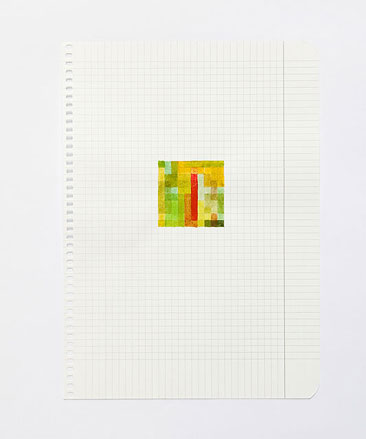
'Lichtzwant' 2010, by Daniel Steegmann
Mendes Wood Gallery
Watercolour on paper
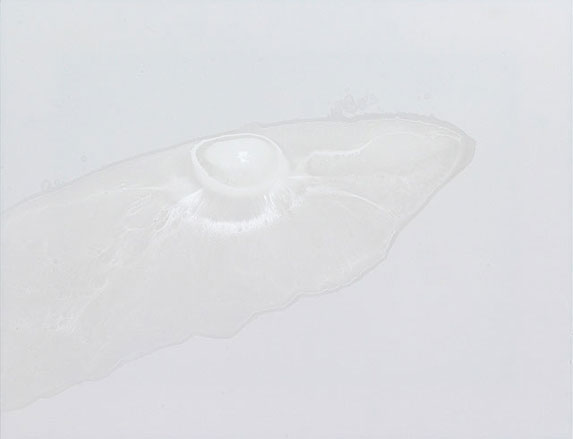
Untitled 2010, by Daniel Lergon
Anderson's Contemporary gallery
Varnish on fabric
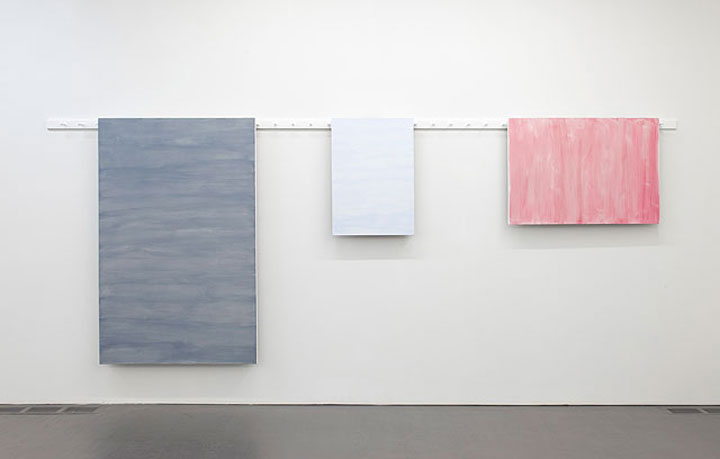
'Shaker Peg Painting VII' 2010, by Dan Rees
Tanya Leighton Gallery
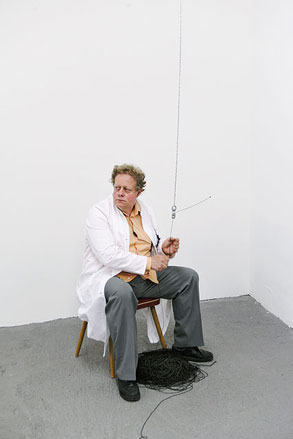
'Invention of Time Passed' performance 2010, Anca Munteanu
PSM Gallery
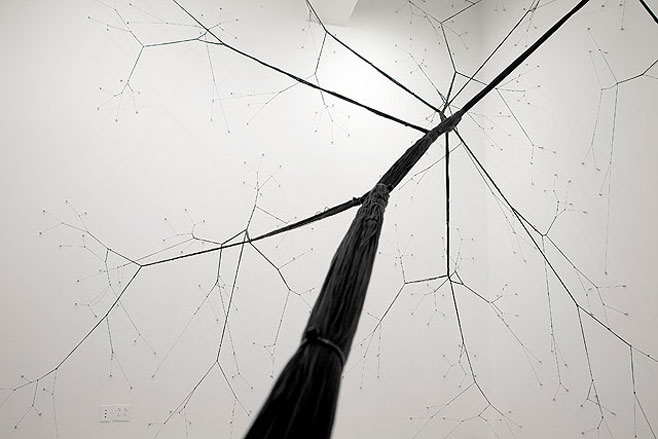
'Space Elevator / Spark 460' 2010, by Tomas Saraceno
Cord of black polyester, plastic cable ties, metallic structure
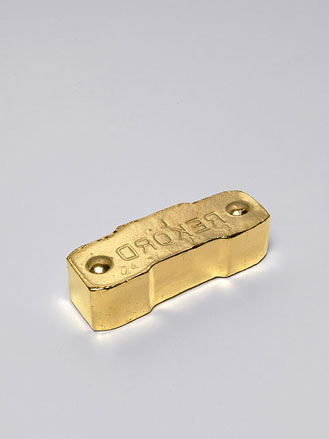
'Untitled' by Alicja Kwade
Johann Konig Gallery
Bronze mould of coal with gold leaf

'Oligatega' 2010, by Esporas en Puerto Madero
Foster Catena Galeria
Digital image
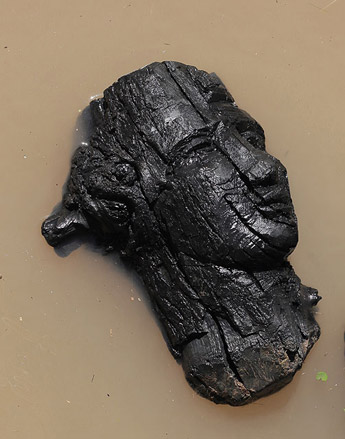
'Grand Téte' 2011, by Vicente Grondona
Alberto Sendrós
Carved carbon sculpture
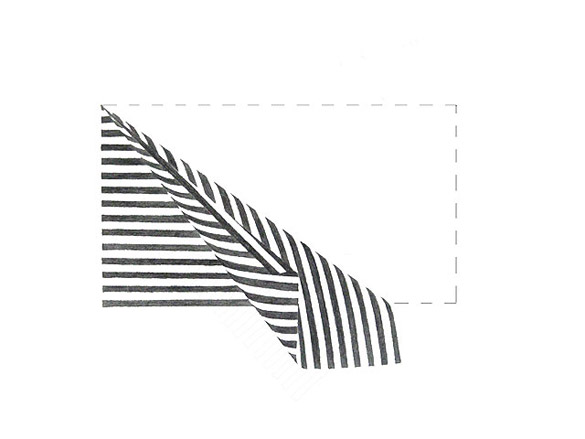
'No Title' 2011, by Nicolás Robbio
Galeria Vermelho
Pencil on paper
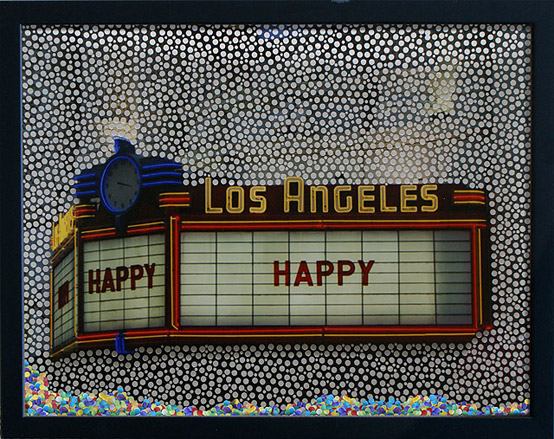
'Los Angeles' 2010, by Miguel Rothschild
Ruth Benzacar Galería de arte
C-print on perforated paper
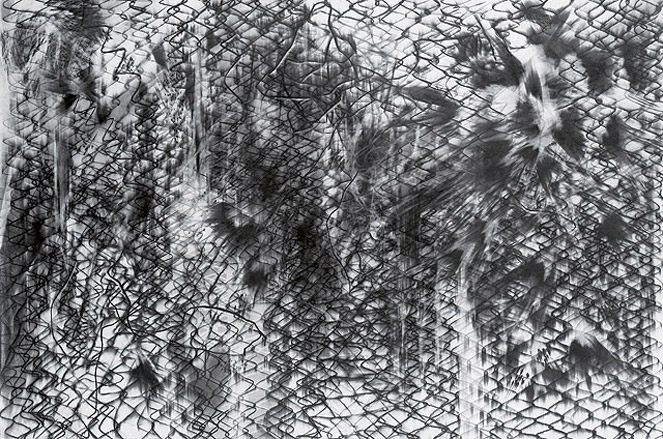
'Un Paisaje Posible' 2011, by Mauro Giaconi
Arróniz Arte Contemporáneo
Pencil on paper
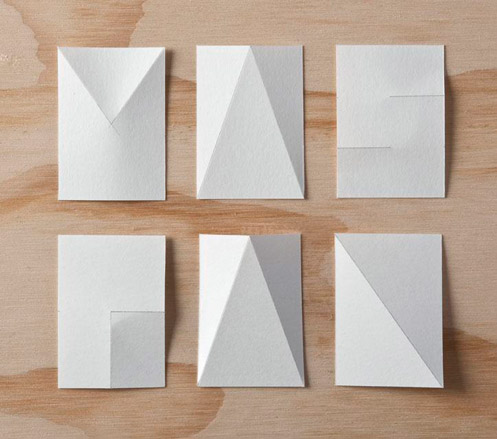
'Más Pan 2' 2011, by Mateo Lopez
Galeria Casas Riegner
Ink and pencil on paper
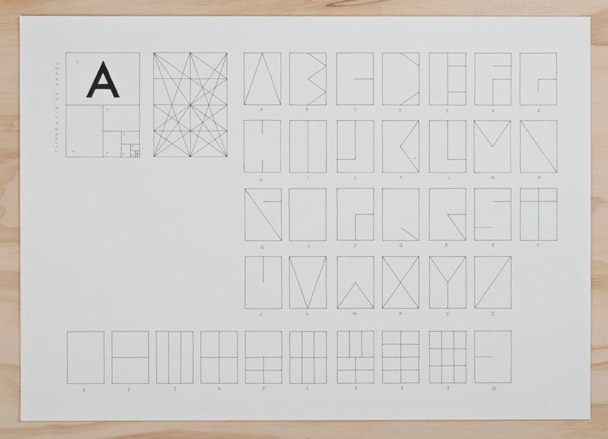
'Ciudad Solar' 2011, by Mateo Lopez
Galeria Casas Riegner
Typography on paper
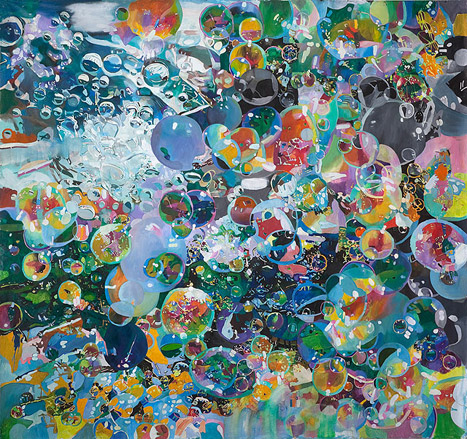
'No Title' 2010, by Mariana López
Gallery Dabbah Torrejon
Oil on canvas
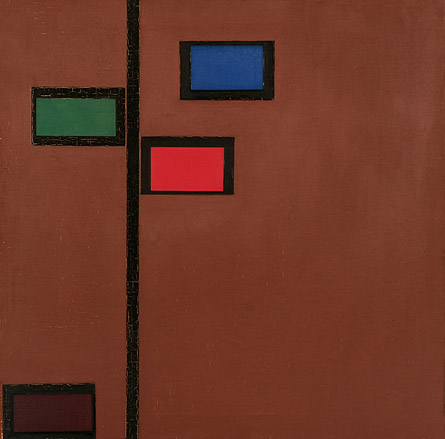
'No Title' Circa 1950, by Manuel Espinosa
Oil on canvas
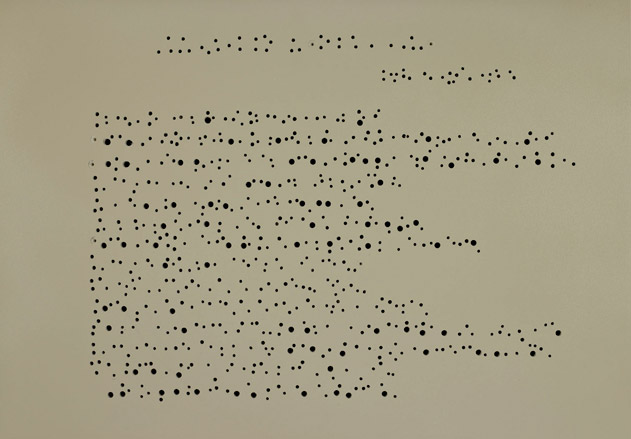
'Poema Cantilena' 2011, by Johanna Calle
Incisions on paper
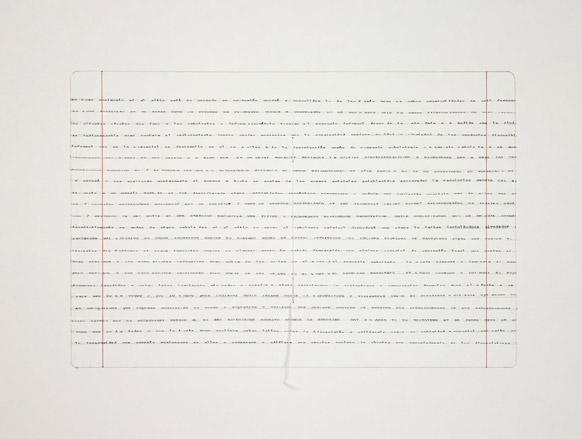
'Cuaderno' 2011, by Johanna Calle
Galeria Casas Riegner
Pencil and ink on paper
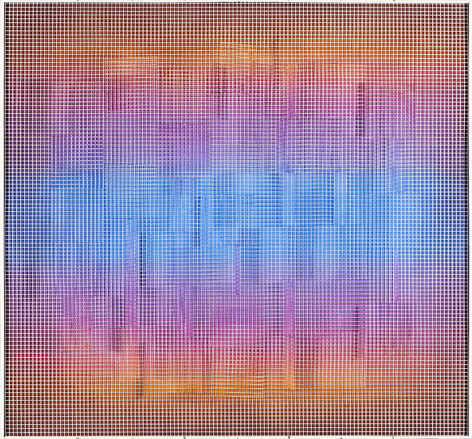
'Irisation Mobile' 2009, by Iván Contreras Brunet
Galeria Isabel Aninat
Metal screen on wood
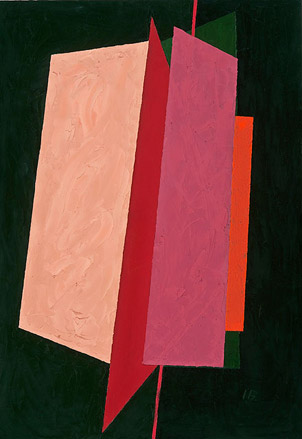
'Shadow Box' 2006/9, by Inés Bancalari
Alejandra Von Hartz
Oil on canvas
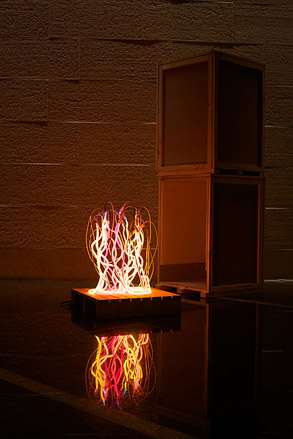
'Fuegos de Luces' 2010, by Esteban Alvarez
Nora Fisch
Neon tubes on wood
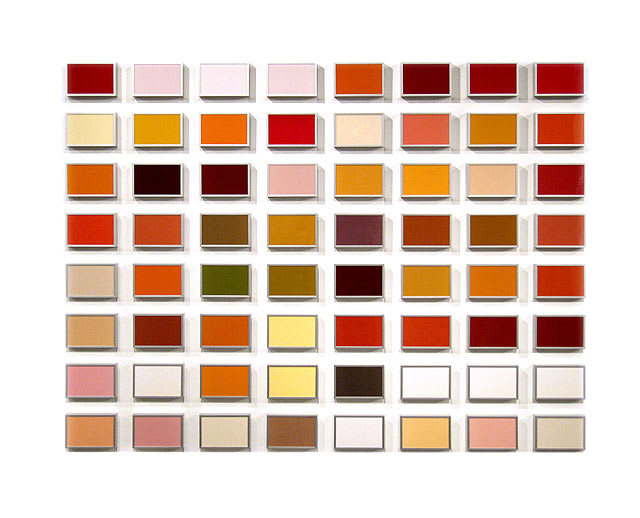
'The Long Tail, 64 drinks' 2007, by Emilio Chapela
Faría + Fábregas Galería
C-prints on aluminium
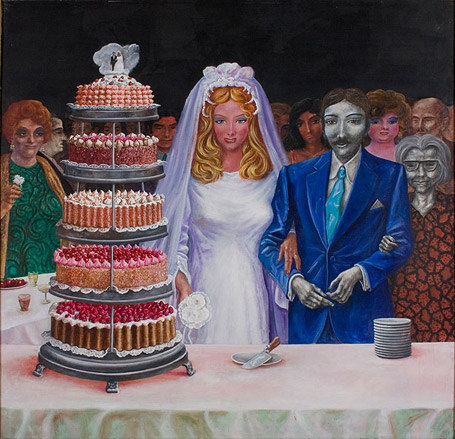
'Wedding Cake' 1977, by Antonio Berni
Galeria Sur
Acrylic on canvas
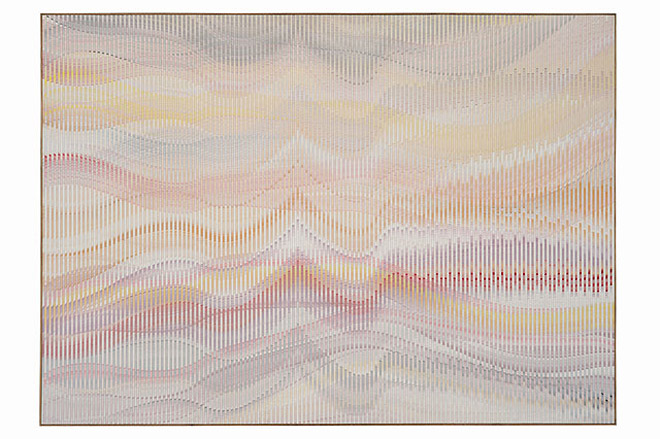
'W-54' 2005, by Abraham Palatnik
Murio Castro
Acrylic on wood
Receive our daily digest of inspiration, escapism and design stories from around the world direct to your inbox.
Scott Mitchem is one of the longest-tenured Wallpaper* contributors, joining the team in 1999 after attending Purdue University and moving to New York City from his hometown of Chicago. He started as an editorial associate, later served as Brazil Editor-at-Large while living in São Paulo, and is currently a contributing editor based in Miami. Scott covers design, architecture, travel, and all things Brazil while working as an executive in design and real estate development and working towards a Master’s Degree at Georgetown University. He has written for many other publications and was one of several authors who recently contributed to The Architecture of Studio MK27, a book by Rizzoli chronicling the history of the acclaimed Brazilian architecture studio founded by Marcio Kogan.
-
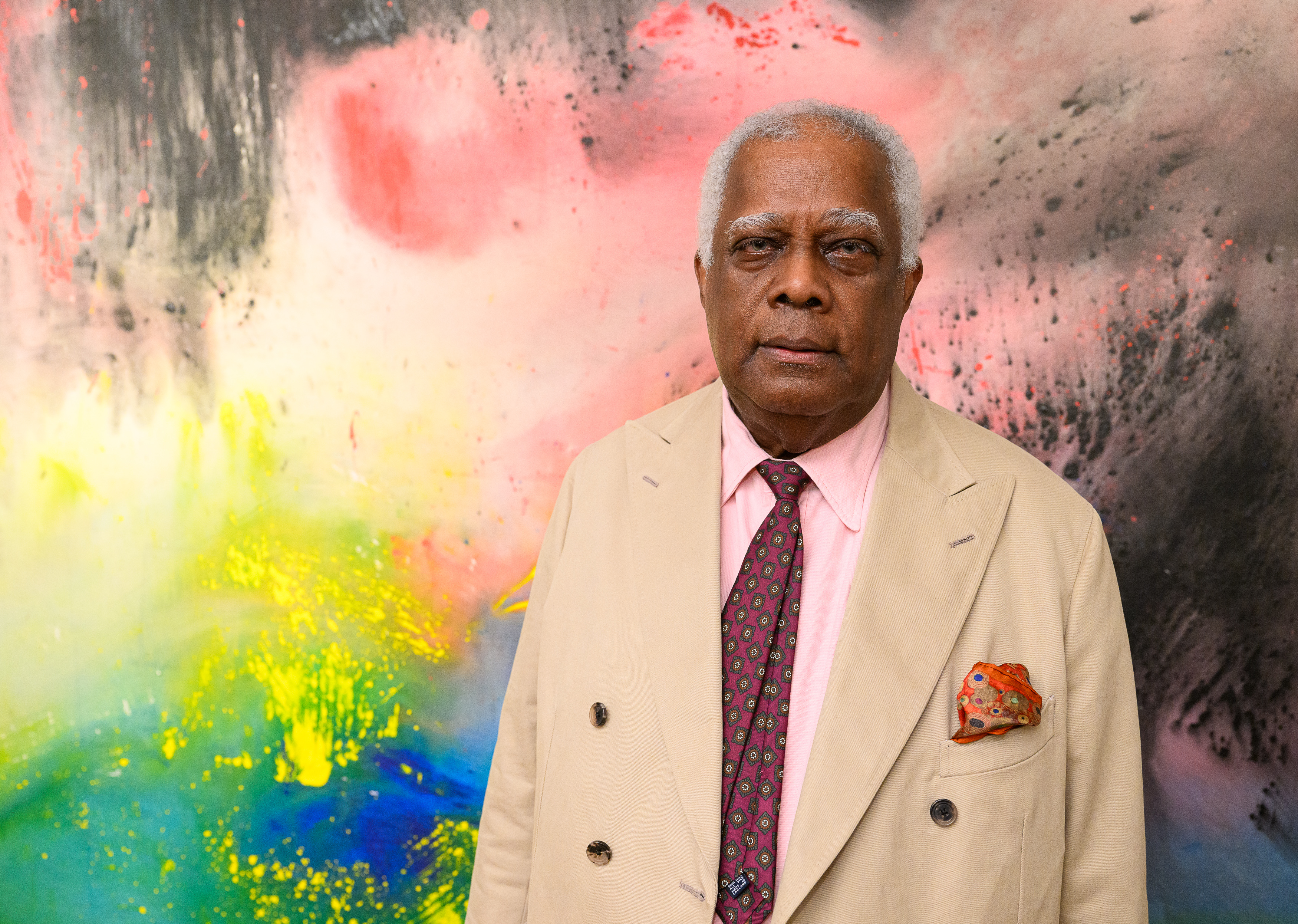 Winston Branch searches for colour and light in large-scale artworks in London
Winston Branch searches for colour and light in large-scale artworks in LondonWinston Branch returns to his roots in 'Out of the Calabash' at Goodman Gallery, London ,
-
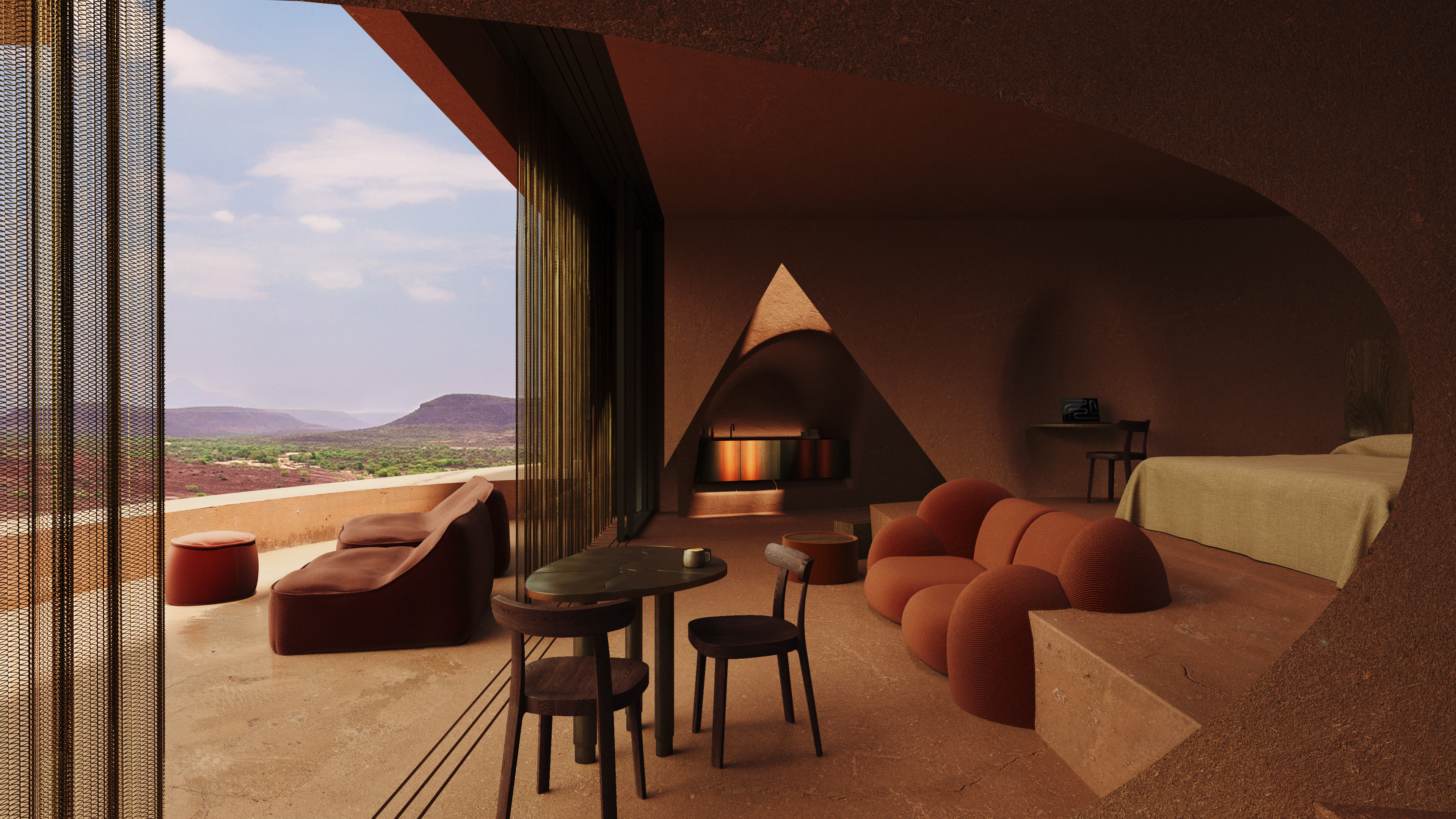 The most anticipated hotel openings of 2026
The most anticipated hotel openings of 2026From landmark restorations to remote retreats, these are the hotel debuts shaping the year ahead
-
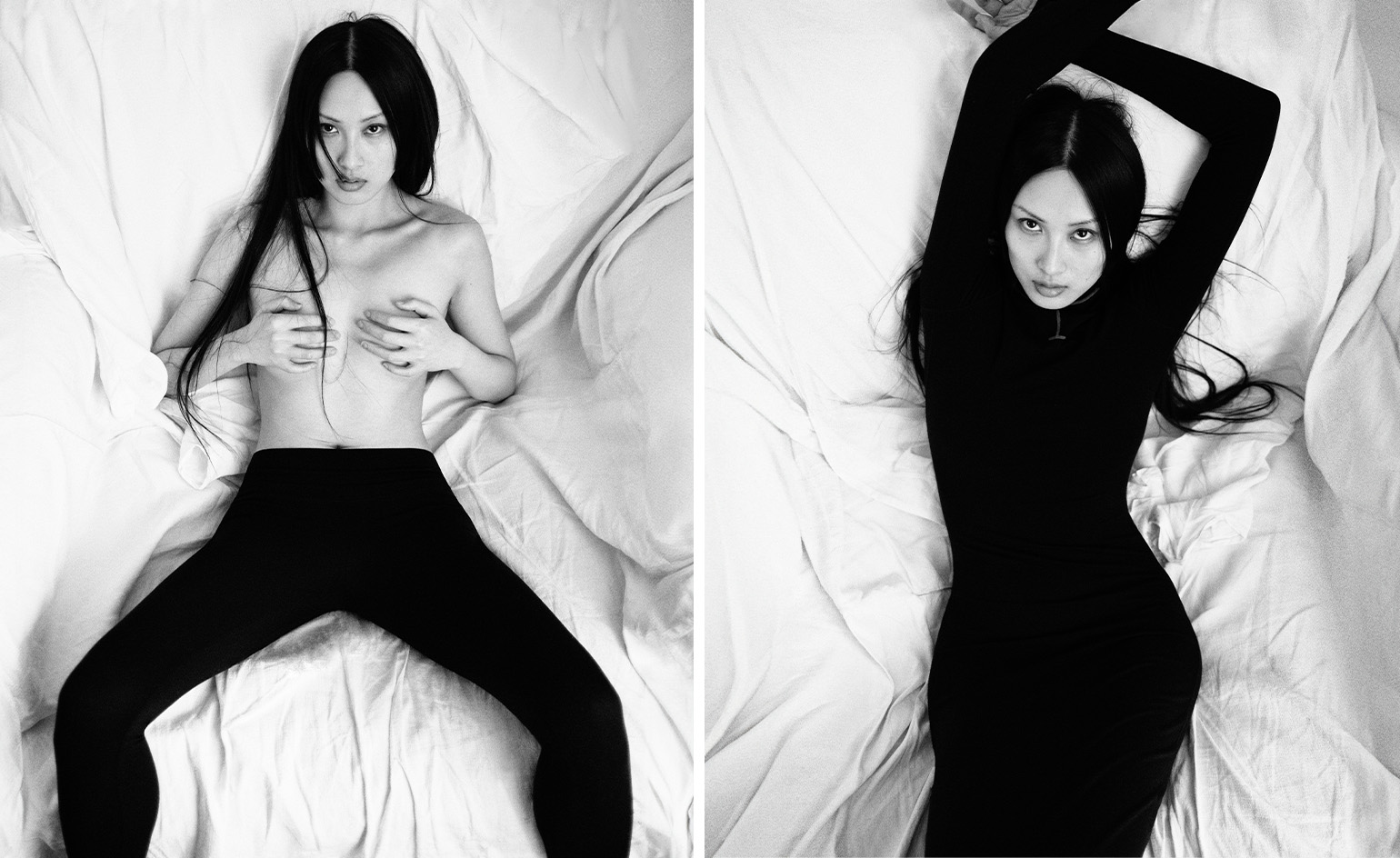 Is the future of beauty skincare you can wear? Sylva’s Tallulah Harlech thinks so
Is the future of beauty skincare you can wear? Sylva’s Tallulah Harlech thinks soThe stylist’s label, Sylva, comprises a tightly edited collection of pieces designed to complement the skin’s microbiome, made possible by rigorous technical innovation – something she thinks will be the future of both fashion and beauty